Top 15 Rarest Snakes in the World 2024
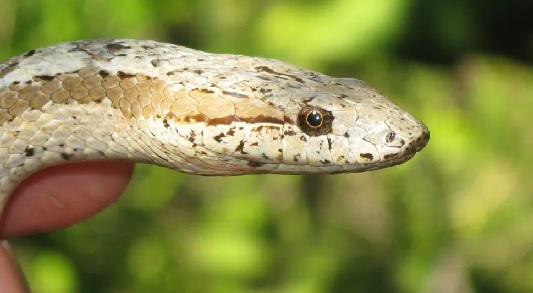
Humans always had a unique fascination for snakes. We always consider them dangerous creatures but that’s not fair. Not all snakes are poisonous and dangerous to human beings. In fact, many species of snakes are in a hazardous situation. More than 97 species of snakes are now endangered. There are various factors due to which the population of these snakes is decreasing such as attacks of invasive animals like mongoose, and climate change biologists, etc.
Apart from this, the eradication of forests is also a reason why the number of snakes is decreasing. In today’s article, we are going to discuss the top 15 rarest snakes in the world 2024. Here, we will provide you much useful information about different endangered species of snakes across the world.
List of Rarest snakes in the world 2024
Let’s go through our list of the top 15 rarest snakes around the world.
Wagner’s Viper

- Size of the snake – 28 inches to 37 inches
- Food – Birds, Lizard, Eggs
- Family – Viperidae
- Location where the snake is found – Eastern Turkey and Northwestern Iran
- Overview – Wagner’s Viper is also known as Montivipera Wagner Snake. It is a poisonous snake in the Viperidae family. This species is a native of Eastern Turkey and Northwestern Iran. This species was classified as endangered in the year 1996. Then, in the year 2009, the status was changed to “Critically Endangered” due to a sharp decline in the population. This type of snake is mostly found at altitudes of 1,600 to 1,900 m (5,200 to 6,200 ft) in rocky and grassy habitats.
Check Prime ministers and presidents of all countries
Santa Catalina Island Rattlesnake
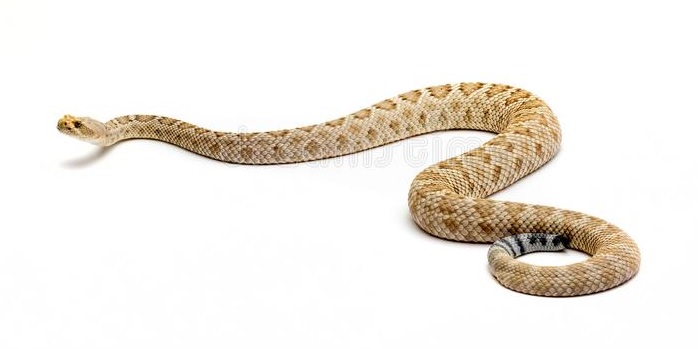
- Size of the snake – Around 28.8 inches
- Food – Lizards, deer, mouse
- Family – Viperidae
- Location where the snake is found – Isla Santa Catalina in the Gulf of California
- Overview – The official name of this kind of snake is Crotalus Catalinesis. It is a species of venomous pit viper. It is a relatively small snake with a length of around 28.8 inches. The most distinctive feature of this snake is that it lacks a rattle. This type of snake is found only in Isla Santa Catalina in the Gulf of California off the coast of southern Baja California.
Alcatraz Lancehead
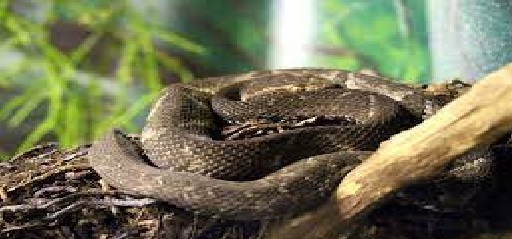
- Size of the snake – 46.2 inches to 50.5 inches
- Food – Birds, Frogs, Lizards, and Other Snakes
- Location where the snake is found – Alcatrazes Islands (off the coast of Brazil)
- Overview – Alcatraz Lancehead or Bothrops alcatraz is a poisonous snake found only in the Alcatrazes Islands off the coast of southeastern Brazil. It is a small snake with relatively large eyes. You will find these snakes in the “Low Atlantic Forest Vegetation” area. As per the data of the “International Union for Conservation of Nature”, these snakes are Critically Endangered.
Antiguan Racer

- Size of the snake – Around 3 feet for male snakes. Female snakes are slightly larger
- Food – Lizards
- Family – Colubridae
- Location where the snake is found – Great Bird Island, Rabbit Island, York Island, Green Island
- Overview – The Antiguan racer is a harmless rear-fanged snake. It is a grey-brown snake found only off the coast of Antigua. This snake belongs to the genus of Alsophis, which contains several species of West Indian racers. When becoming an adult, they can be 1 meter in length. The female snakes are larger than male snakes. The Antiguan racer was recently threatened by hurricanes and killing by humans.
Details about the richest golfers in the world
Short-Nosed Sea Snake
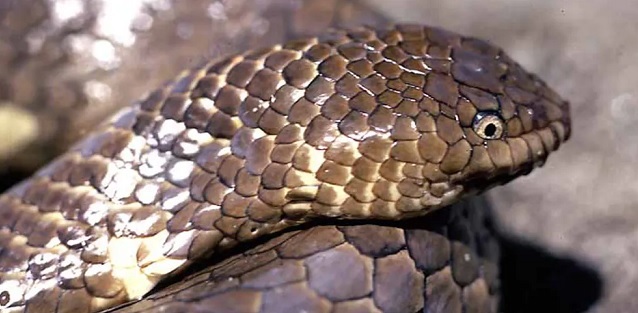
- Size of the snake – 24 inches
- Food – Fish
- Family – Elapidae
- Location where the snake is found – Off the coast of North-Western Australia (Ashmore and Hibernia)
- Overview – This snake is known by many names such as Sahul reef snake, Aipysurus apraefrontalis, etc. The colour of this snake is mainly brown and its length is around 24 inches. They like water more than 10 metres deep, but rest during the day under coral overhangs in water less than 2 metres deep. The population of this snake is constantly decreasing because of factors like warmer sea temperatures and commercial prawn trawling activities.
Darevsky’s Viper

- Size of the snake – Around 16 inches for males. About 10.2 inches for female snakes
- Food – Lizards, Rodents, Orthopterans
- Family – Viperidae
- Location where the snake is found – northwestern Armenia, northeastern Turkey, and southern goergia
- Overview – Vipera Darevskii is a small poisonous viper snake found mostly in northwestern Armenia, northeastern Turkey, and southern Georgia. The name Darevsky is given to this snake in honour of Russian herpetologist Ilya Sergeyevich Darevsky. The bite of this snake is not fatal. It will cause pain and swelling but is not life-threatening.
Round Island Boa
- Size of the snake – 60 inches
- Food – Geckos, Skinks, Chicken, Mice
- Location where the snake is found – Round Island, Islands of Quoin, Flat Island, Mauritius, lle de la Pas
- Overview – Casarea dussumieri are better known by their nickname i.e. Round Island Boa. They are called dussumieri in honour of Jean-Jacques Dussumier, a French merchant, shipowner, and collector of zoological specimens. These are non-poisonous snakes found mainly in the round island, Mauritius. Interestingly, they can change colours. Switching from “dark” during its relatively inactive daytime period to “light” in the early evening through to dawn when it is most active.
Leaf-Scaled Sea Snake
- Size of the snake – 31.5 inches
- Food – Fish, eel
- Location where the snake is found – Shark Bay (Coast of Australia)
- Overview – The official name of Leaf-scaled sea snake is Aipysurus foliosquama. This snake was first discovered in the year 1926. The recorded length of this snake is around 800 milimetres and its colour is purple brown. The population of this snake is declining and it is a critically endangered species. Their IUCN status is “Data Deficient”.
Saint Vincent Blacksnake
- Size of the snake – 3.29 feet
- Food – Frogs
- Family – Colubridae
- Location where the snake is found – Saint Vincent and Grenadines
- Overview – The Saint Vincent blacksnake is known by many other names such as Saint Vincent coachwhip, the San Vincent racer, and Vincent’s sipo. These snakes can grow up to the length of 40 inches. The snake prefers the habitat of a forest at elevations of 275–600 m (902–1,969 ft).
St. Lucia Racer Snake
- Size of the snake – 3 feets
- Food – Lizards
- Location where the snake is found – Off the coast of St. Lucia
- Overview – As per many surveys, St. Lucia Racer is the rarest snake in the world. Fewer than 20 snakes are remaining as of now. It is a small non-poisonous snake declared extinct in the year 1936. However, a single snake was caught on Maria Islands Nature Reserve. The official name of the snake is Erythrolamprus ornatus also known as the ornate ground snake. The colour of the snake is variable.
Ross “Wolf” Snake
- Size of the snake – 28.62 inches
- Food – Frogs, Skinks, Lizards, Geckos
- Location where the snake is found – Island of Dalupiri in the Philippines
- Overview – Ross’ wolf snake or Lycodon chrysoprateros is a species of colubrid snake found on the island of Dalupiri in the Philippines. The snake is very rare and critically Endangered as per the IUCN data. The snake is nearly cylindrical, being more rounded on the back and flattened on the belly. There is not much known about the habitat and ecology of this snake.
Golden Lancehead
- Size of the snake – 28 inches
- Food – Birds, Lizards, Snakes
- Location where the snake is found – llha da Queimada Grande in Brazil
- Overview – Bothrops insularis is commonly known as the golden lancehead. This beautiful snake is critically endangered as per the IUCN records. It is one of the most poisonous snakes in Latin America. The colour pattern of the snake consist of pale yellowish-brown ground colour, overlaid with a series of dorsal blotches that may be triangular or quadrangular, broad or narrow, and alternating or opposite along the dorsal median. In captivity, the yellow colour of the snake becomes darker. The snake is mostly found in “subtropical” or “tropical moist forest” areas. Destruction of forests is one of the reasons why the population of Golden Lancehead is decreasing.
Kikuzato’s Brook Snake
- Size of the snake – 15.45 inches
- Food – Earthworms, Frogs, Tadpoles, Freshwater Shirmp, Freshwater Fish
- Family – Colubridae
- Location where the snake is found – Japan
- Overview – We can call kikuzato’s Brook Snake a Japanese snake. This snake got its name in honor of Kiyotasu Kikuzato, who collected the holotype. It is a critically endangered snake found Kumejima Island, one of the Okinawa Group islands of Japan.
Madagascar Blind Snake
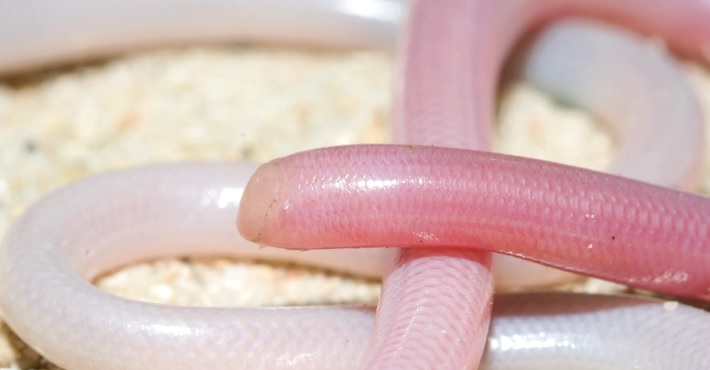
- Size of the snake – 10.63 inches
- Food – Ants, Termites
- Family – Xenotyphlopidae
- Location where the snake is found – Madagascar
- Overview – Xenotyphlops grandidieri is known as Madagascar Blind Snake. It got its name in the honor of French naturalist Alfred Grandidier. The population of these snakes is very low. No subspecies of these snakes are currently recognized. This is the only species in the genus Xenotyphlops, which is the only genus in the family Xenotyphlopidae
Cuban Khaki Dwarf Boa
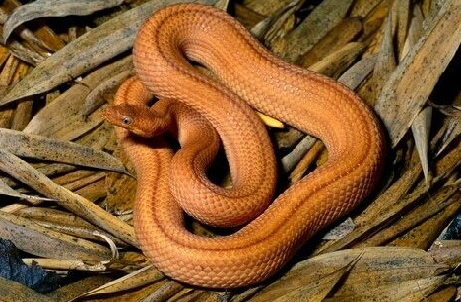
- Size of the snake – 3 feet
- Food – Geckos, Lizards, Anoles
- Family – Tropidophiidae
- Location where the snake is found – West Indies
- Overview – Tropidophis hendersoni, better known as the Cuban khaki dwarf boa, is a species of dwarf boa endemic to the islands of the West Indies. The snake is found in various shades of tan and brown. These snakes are very small in size ranging from 1 foot to 3 feet. They are endangered according to IUCN records.




